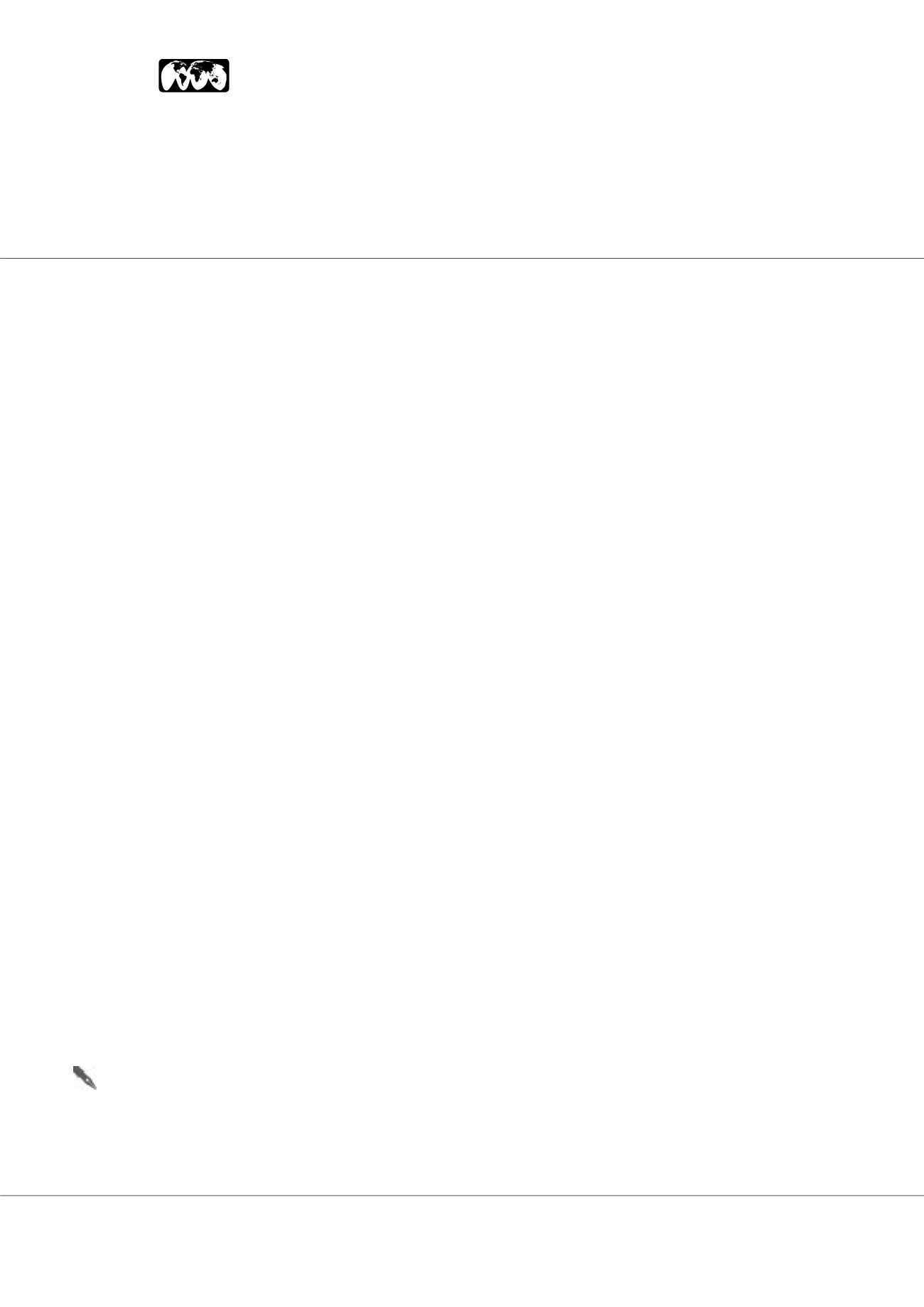

Page 21
Notes:
allied
academies
Journal of Gastroenterology and Digestive Diseases | Volume 3
May 25-26, 2018 | New York, USA
World Liver Conference 2018
Introduction:
Although highest European screening rate
in France, 33% of patients didn’t take care of hepatitis C
because there were no diagnosed. Drug injection was main
contamination route of hepatitis C virus (HCV) in France and
western Europe since 1990. French guidelines were to treat
all inmates and drug users, even fibrosis level. Access of
HCV screening, care and treatment in drugs users, prisoners
and homeless was low in France. They were considered as
difficult to treat populations. All these patients need support
especially psycho-educative interventions. Hepatitis Mobile
Team (HMT) was created in July 2013 to increase screening
care and treatment of hepatitis B and C patients. HMT was
composed of 1 hepatologist, 3 nurses, 1 secretary, 2 social
workers, 1 health care worker, for a cross-disciplinary
approach.
Objective:
Increaseoutreach screening care treatment access
and cure of our target population. Patients and methods
Target population was drugs users, prisoners, homeless,
precarious people, migrants and psychiatric patients. We
proposed part or all of our services to our medical and
social partners. There were 15 services for 42 medical and
social units in half million people area. There were 4 steps:
for early detection and primary prevention. 1) Screening by
point of care testing PDBS (dried blood test) for HIV HBV
HCV. 2) Green thread: outside POCT/DBS and FIBROSCAN**
in specific converted van. 3) Outreach open center 4) Drug
users information and prevention 5) Free blood tests in
primary care for patients without social insurance 6) Staff
training. For linkage to care and fibrosis assessment: 7)
Social screening and diagnosis (EPICES score) 8) Mobile liver
stiffness Fibroscan* (indirect measurement of liver fibrosis)
in site 9) Advanced on-site specialist consultation. For access
to treatment: 10) Easy access to pre-treatment commission
with hepatologists, nurses, pharmacist, social worker, GP,
psychiatric and/or addictologist. 11) Low cost mobile phones
for patients. For follow up during and after treatment.
12) Individual psycho-educative intervention sessions 13)
Collective educative workshops 14) Peer to peer educational
program 15) Specific one day hospitalizations. All services
were free for patients and for partners.
Results:
From 2013 July to 2017 December, we did 4021 DBS
for 3291 people (2053 HCV DBS) and 1165 Fibroscan*. HCV
new positive rate was 19.8%. Our HCV active file was 504
patients included these 19.8% new patients screened by DBS;
96% realized HCV genotype, HCV viral load and FIBROSCAN.
DAA treatment was proposed to 94%; 78% started treatment,
12% were lost follow up and 4% refused treatment. After
treatment, there was 5 relapse and 3 reinfections by drug
injection. Our cured rate was 76%. Sociological evaluation of
our program showed that 4 program qualities for patients
were free access, closeness (outside hospital), speed (of the
results) and availability (of nurse and social workers).
Conclusions:
Specific nurse follow-up of drugs users and
other HCV high-risk patients including screening, early
detection, diagnosis and treatment increase rate of treated
and cured patients, with low rate of relapse and reinfections.
e:
andre.remy@ch-perpignan.frSuccessful cascade of care and cure HCV in more than 2000 drugs users: How increase HCV treatment
rate in drug users by nurse outreach care, since screening to treatment
Andre-Jean Remy, Hakim Bouchkira, Jeremy Hervet, Arnaud Happiette Laetitia Salabert, Stephane Montabone
and
Hugues Wenger
Perpignan Hospital, France
















